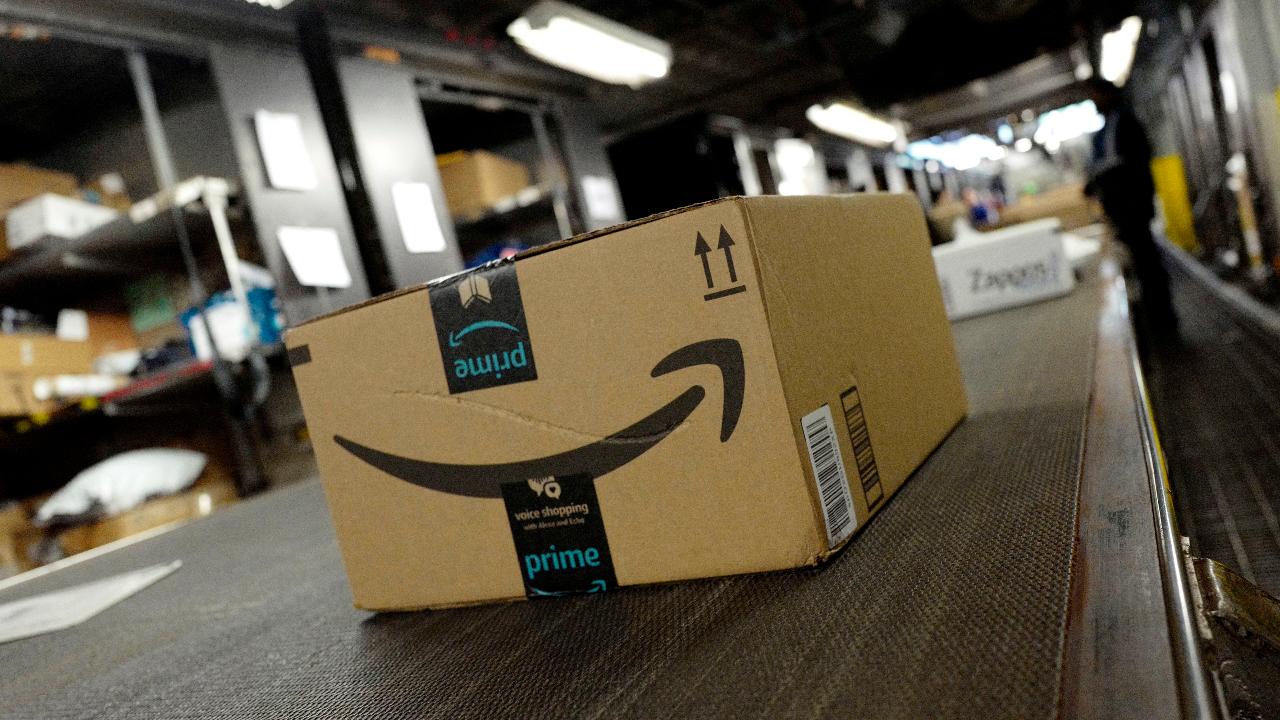Amazon fires employees amid crackdown on seller scams: Report
It is the biggest time of year for retailers on Amazon.com, and now the company finds itself having to deal with seller scams that even involve some employees.
The company has fired several workers suspected of having helped supply independent merchants with inside information, according to a report in The Wall Street Journal.
The Journal reported in September that it was investigating suspected data leaks and bribes of its employees.
Since then, Amazon has dismissed several workers in the U.S. and India for allegedly inappropriately accessing internal data that was being misused by disreputable merchants, according to people familiar with the situation.
Amazon in recent weeks has also deleted thousands of suspected reviews, restricted sellers’ access to customer data on its website and stifled some techniques that trick the site into surfacing products higher in search results.
An Amazon spokeswoman said the company is aggressively pursuing those who are trying to harm sellers on its website, using tools, including machine learning, to block bad behavior before it happens.
The crackdown, however, hasn’t stopped some sellers from sabotaging rivals. A recent rash of merchants claim competitors are maliciously flagging products as being counterfeit or infringing trademarks, prompting Amazon to temporarily boot legitimate products from the site while it evaluates them.
Sellers also are buying Amazon wholesaler accounts on the black market to gain access to volumes of product listings.
These accounts on Amazon’s Vendor Central system are designed to enable wholesalers to edit product listings to ensure they are marketed accurately.
But some sellers misuse these accounts to alter rivals’ product pages, such as by changing photos to unrelated items, these people said.
An estimated three million merchants sell products on Amazon, according to e-commerce data firm Marketplace Pulse.
This year, U.S. shoppers are on track to spend $124.1 billion online, 15 percent more than last year, according to Adobe Analytics. Roughly half that spending takes place on Amazon, according to analyst estimates.




















